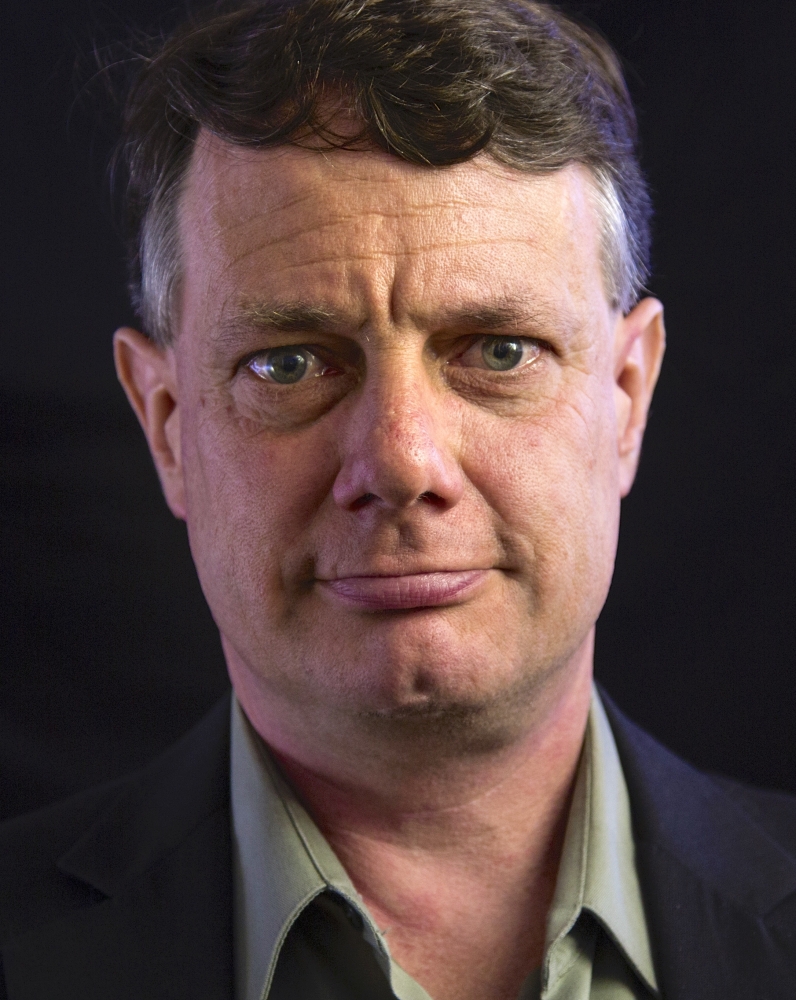Learning From History

As the country of Somalia remains crippled by severe drought, more than 6 million people are facing critical food insecurity. While the situation is extremely dire, it comes as little surprise to the scientists who predicted crop deficits following low rainfall in the spring and fall of 2016.
Employing finely tuned climate tracking tools, the UC Santa Barbara/U.S. Geological Survey Climate Hazards Group (CHG) anticipated not only the current drought situation, but also the poor harvests that struck Somalia in 2011 and Ethiopia in 2015. Conditions in Ethiopia rivaled those of its1984 catastrophe, during which 1 million people died.
And as history began to repeat itself, CHG research director Chris Funk and his collaborators sounded the clarion for the current East African drought back in November 2016.
In the years since the 2011 Somali famine, the CHG, which is part of the Famine Early Warning Systems Network (FEWS NET), has focused on refining methods for predicting and monitoring droughts, helping international agencies to foresee potential food deficits and mount response efforts more rapidly than ever before.
“Using a combination of remote sensing data and ground observations as inputs, we’ve developed rainfall estimates and models that reliably predict crop performance in parts of the world vulnerable to crop failure due to drought,” said CHG research director Chris Funk, a USGS Earth Resources Observation and Science (EROS) Center scientist and an affiliated research professor in the Department of Geography. “As part of FEWS NET, CHG decision-support products help policy makers within governments and at nongovernmental organizations make critical resource allocation decisions in a timely manner. Drought is a slow onset disaster, so new satellite and computer monitoring tools can help us promote early life-saving responses.”
In 2011 and 2014, Funk and his colleagues predicted drought in East Africa based on the increasing difference between extremely warm sea surface temperatures in the western Pacific Ocean and cool temperatures in the eastern Pacific. CHG scientists continually monitor global weather patterns and rainfall, which is how the group and FEWS NET were able to predict the drought currently causing food shortages in Somalia and eastern Kenya.
Cued by last year’s poor spring and fall rainfall in East Africa, CHG scientists determined that the conditions were extremely dry in December and January. Analyzing satellite imagery from EROS, they also found vegetation to be severely impacted by drought. Their analysis of land surface simulations produced by a NASA FEWS NET hydrologic model captured the influence of very high air temperatures and low rainfall amounts, leading to very low soil moisture conditions.
“We saw similar conditions in 2010-11, except that period had a poor rainy season in the fall followed by a poor rainy season in the spring,” Funk explained. However, responses to severe drought have improved since then. While the severity of the most recent Ethiopian drought equaled that of the country’s 1984 disaster, the 2015 drought resulted in relatively little loss of life.
“In a lot of ways, our global community is working pretty effectively to look out for each other and I think that’s what we’re seeing now,” Funk said. “Our response in 2017 has improved not only because of better climate science but also because we have much better contact and collaboration with our African and European counterparts.”
For the current drought in Somalia, the United Nations estimates needing $825 million in aid to support 5.5 million people in East Africa. So far, donors have contributed nearly $500 million toward those needs. Still, the situation on the ground is dire. Livestock are dying, child malnutrition has jumped at an alarming rate and food prices have doubled since the summer of 2016.
“We hope that the humanitarian response to Somalia’s severe drought will be adequate,” Funk said. “All of our information products suggest the current situation is similar to 2010-11, and we think that there is an above-normal chance that a third drought might come in April and May 2017. Collectively, we have a good opportunity to act now to avoid much human suffering.
“What we’re part of is pretty exciting,” Funk added. “We’re able to develop new products for applied climate science that are used in these very real world contexts. That’s pretty unique.”
Other CHG members are Greg Husak, Shraddhanand Shukla, Gideon Galu, Diriba Korecha, Frank Davenport, Laura Harrison, Pete Peterson, Chris Shitote, Seth Peterson, Martin Landsfeld and Catherine Pomposi. CHG FEWS NET activities are funded by the USGS under the leadership of James Verdin and James Rowland. All of these team members have contributed to the CHG’s recent monitoring and prediction activities.



